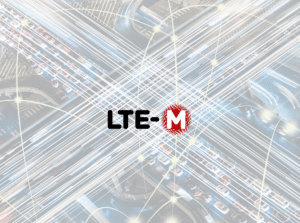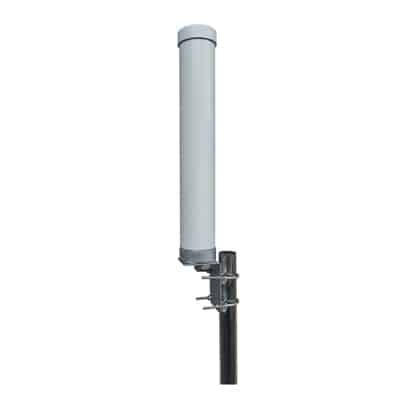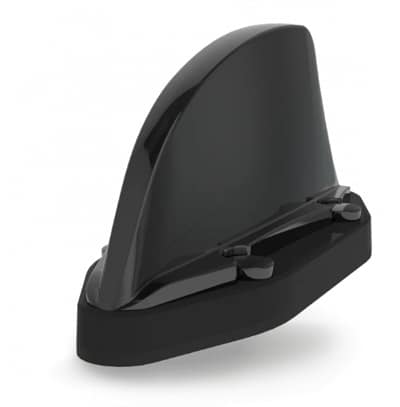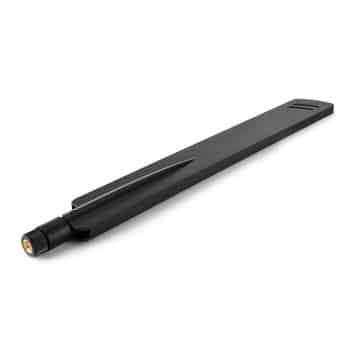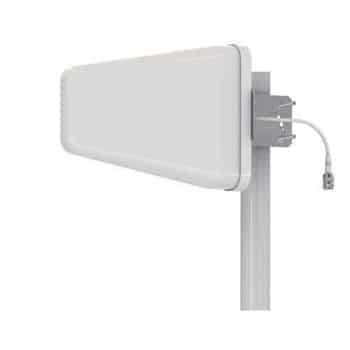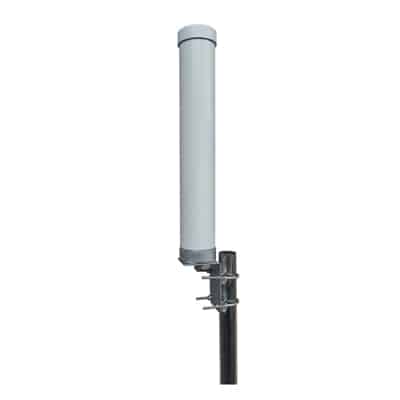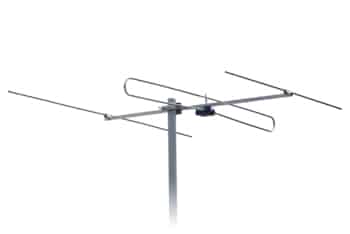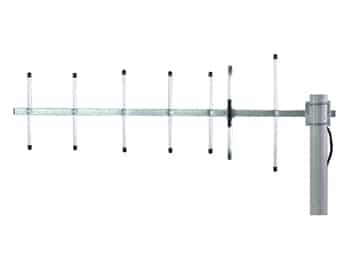
NB-IoT vs. LTE-M: What are the Differences?
Low Power Wide Area Network (LPWAN) is an emerging area in realizing massive Internet of Things (IoT) applications. LTE-M and NB-IoT are the most popular cellular-based LPWAN technologies in the market to realize LPWAN applications. In this article, we will briefly introduce both NB-IoT and LTE-M and their main differences to make a design decision for your LPWAN solution. What is NB-IoT? This is an LPWAN technology enabling a limited bandwidth, developed by 3GPP for cellular wireless communication and enabling massive IoT applications over a wide area network. It is one of the three main 3GPP standards introduced to help realize massive IoT applications. This is aimed at low power and deep coverage networks up to 20 km of range. It is also optimized for better latency reaching up to 10 seconds. Though NB-IoT operates in the licensed frequency spectrum, it is optimized to minimize interference and allow massive IoT

